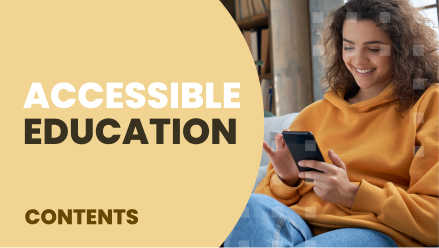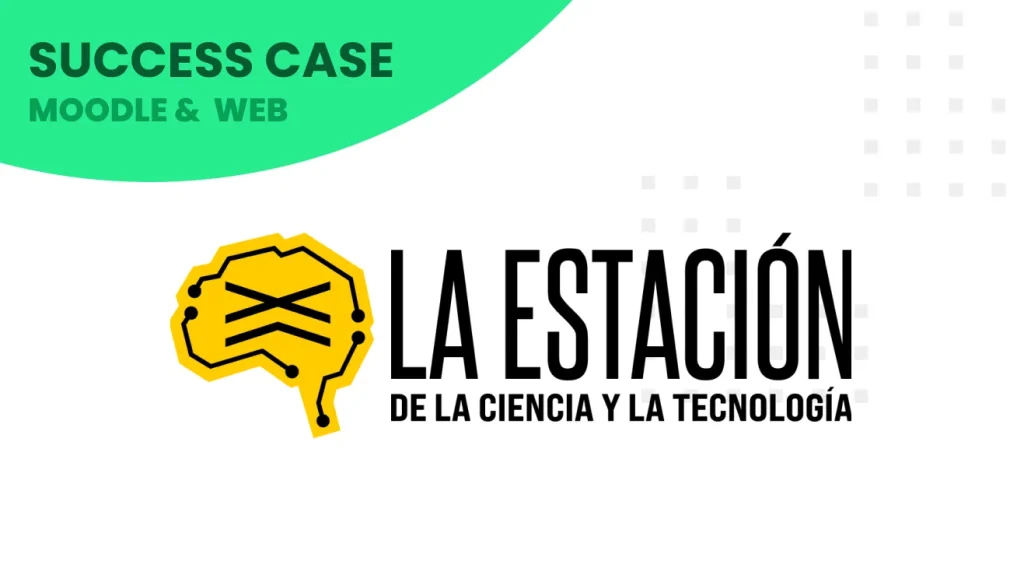Is it a reality that the pandemic has changed our lives and has come to stay? Apart from the mandatory use of the mask in many spaces and as another element of our travel bag. The eLearning world!
While it is true that the online world (with all that it entails) was already on the rise, the coronavirus has given a 180º turn to educational technology. It has made us reinvent ourselves: we have changed the way we socialize, the way we work and the way we access learning. Most interactions in these main areas of our lives are now happening through a screen.
The vast majority of companies had to train all their employees with the necessary tools. These changes require support from the institutions, so the world of corporate training had to scale at the same pace. And in most cases, it could only be done in one way: Online.
E-Learning in recent years has become the most innovative educational field with a rising momentum, able to adapt more flexibly to new technologies. The SaaS systems of many educational institutions have been overwhelmed by the exponential growth in demand or the increase in personal consumption.
In the professional and personal world, the education clichés fall off: I don’t have time, I don’t have money, it’s not affordable, it’s not an official degree… From the sofa of your home you have seen how you can access information in an agile, attractive, fast, quite economical or even free, and just by clicking a button!
Knowledge no longer has “owners”. It is free and makes us free. We can learn when, how and where we want. We have a wide range of possibilities: Webinars, YouTube tutorials, courses… We practically have customized training to satisfy our needs.
Together we are transforming the world of training. But it is not only necessary to take advantage of this trend, but to fit it naturally into the educational world. Hybrid learning is the future, and it has to live and coexist in harmony.
On the other hand, we cannot forget the pedagogy needed to break down generational barriers. There is a lack of information to access training. Digital inequalities must be downed gradually.
And we cannot forget the difficulties related to the fact that not everyone has access to the necessary technology and resources, even though it may seem impossible in the 21st century. This subject is failing, many synergies have to change so that it is not a luxury, and there is still a lot of work to be done.
Education must be accessible or not be. We cannot understand it any other way.





